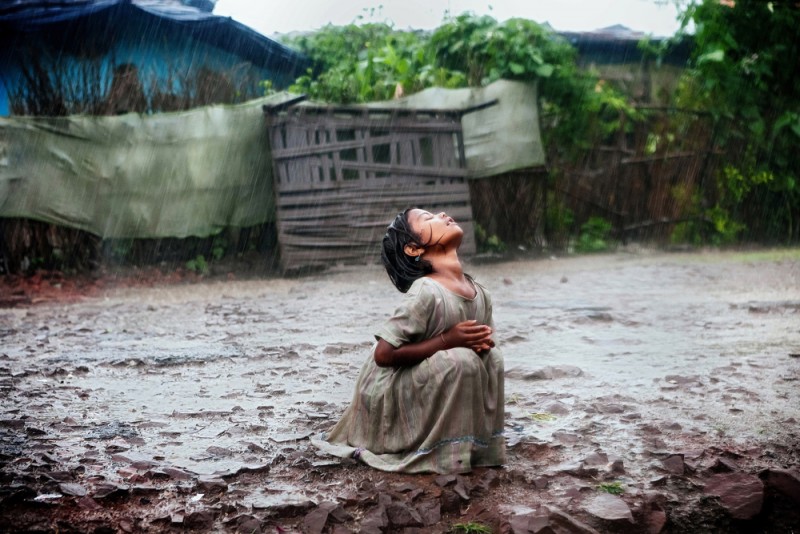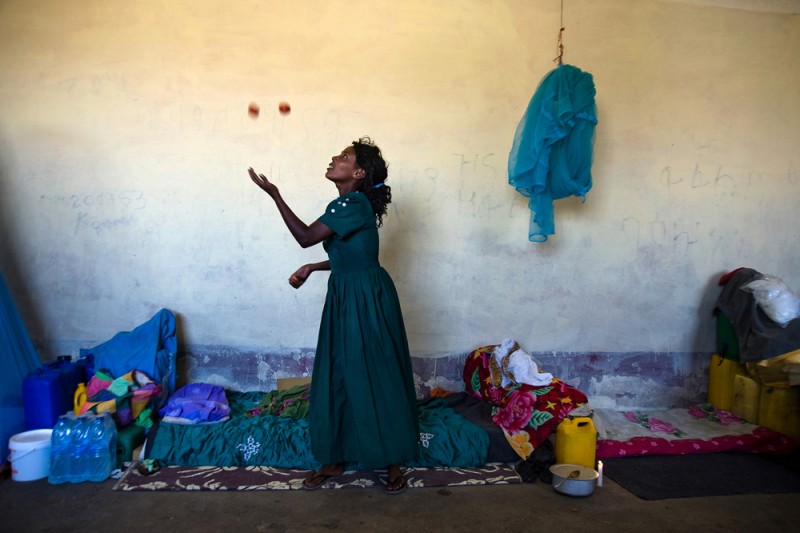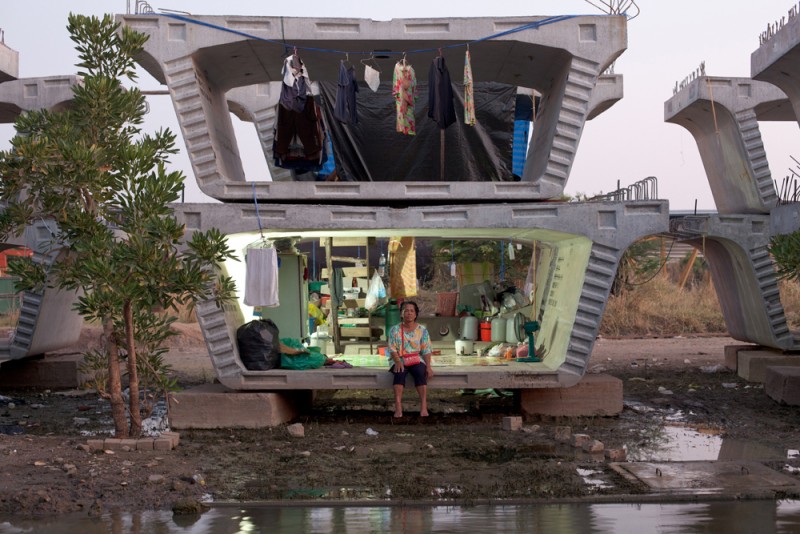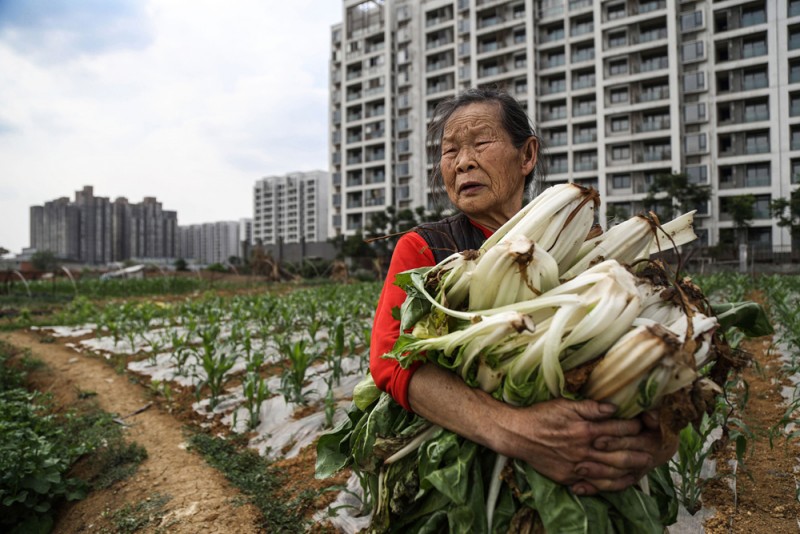Françoise Callier – Angkor Photo Festival
Françoise Callier – Angkor Photo Festival
November 26, 2014

© Alex Masi, from the !Poonam’s! !tale! !of! !hope! series, Bhopal, India, “The Impact Project”
We spoke with Françoise Callier, the festival’s programme coordinator since 2007. Callier has previously been an agent for photographers such as Helmut Newton, press promoter for the Visa pour l’Image festival in Perpignan, and French correspondent for the photo agency Corbis.
How would you describe the impact of the APF during its ten-year history, both with respect to photography in (South East) Asia, and to its international standing as a meeting place for photographers?
Well, it is amazing to think that in the last ten years, we have had over 300 emerging photographers from all over Asia participate in our annual tuition-free Angkor Photo Workshops. We started in 2005 as an endeavour to train and empower Asian photographers, so it is wonderful to see how many of our workshop alumni have gone on to achieve great success.
The festival component also helps to give further exposure to work from Asia, as in Europe and North America there isn’t much representation of non-Occidental talent. Our job is to bridge the divide between continents by providing an international platform in which to expose and highlight emerging talent in Asia.
We also deliberately keep our events very open and casual, to encourage people to interact genuinely and establish connections with one another.
What will make the 10th anniversary festival special compared to past years, in terms of conceptual focus, participants, and activities?
This year we are very proud to show the inaugural GreenLight Series, in order to promote photo stories highlighting environmental topics and issues. This year’s theme is ‘Water’, and we will be displaying a series of five public exhibitions along the Siem Reap River.
Also, we are introducing the Impact Project this year, which is a themed light-projection evening. This is an initiative to balance the ‘bad news’ reported by mainstream media, as well as to showcase under-reported efforts of those working hard to make a positive difference. It is true there are bad things happening in the world, but good things are happening too, and I want people to remember that the actions of one person can lead to great change.
We will also present the Alumni Showcase with photographs by our workshop alumni from previous years. This will include several popular classics, as well as some excellent new work.
In addition, we will be hosting the annual meeting of the Asia Pacific PhotoForum, a collaborative group of photography festivals in the Asia-Pacific region, which aims to promote photography and facilitate creative exchange. Participating countries include China, Australia, New Zealand, Bangladesh, Guatemala, Thailand, Colombia and South Korea.
One of the main aims when founding the Angkor Festival was to create a platform for emerging Asian photographers. Would you say that there is such a thing as ‘Asian photography’, which sets the visual experience of the festival apart from its European counterparts – both in terms of topics and aesthetics?
Even within Asia, every country has its own history of photography, each of which is still evolving in different ways – therefore, ‘Asian photography’ is much too broad a term. Our focus is always on good story-telling, and we remain very open to different kinds of topics and aesthetics. At the festival, we show work not only from Asia but from all over the world, and our visual experience is shaped collectively by a wide variety of work.
What criteria and personal preferences guide your selection of images from the array of submissions you receive each year? And have you observed any specific trends (for example in terms of themes or visual language) over the years?
My main criteria is always good story-telling. At the same time, we recognise the importance of our role in discovering new work by young photographers, unknown stories, and emerging talents that are not yet known on the international stage. It is also interesting for me to show the work of indigenous photographers, as many of them work on long-term projects in their home countries. They of course have the benefit of local knowledge and language, enabling them to have better access and delve deeper into their stories.
Over the years, we do see certain styles becoming more and more ‘popular’ in the submissions we receive, but we are not influenced by trends.
The Angkor Photo Festival will be held from November 29 to December 6, 2014.
You can find further information at: www.angkor-photo.com.

© Alex Masi, from the !Poonam’s! !tale! !of! !hope! series, Bhopal, India, “The Impact Project”

© Alessandro Gandolfi/Parallelo Zero, from the “Macalle, the perfect prison” series, Ethiopia, “The Impact Project”

© Muhmad Safodien/Greenpeace, from the series “Coalification of water” series, “The Greenlight Series”

© Miti Ruangkritya, from the “Imagining floods” series, Thailand, “Alumni Showcase”

© Justin Jin/Cosmos Photos, from the “Another great leap forward”, China